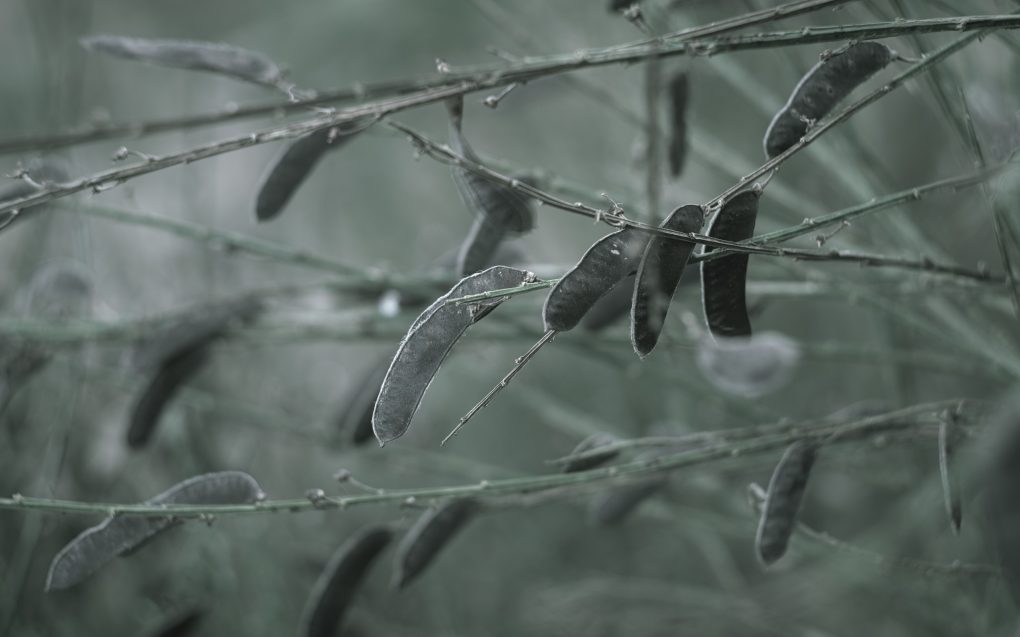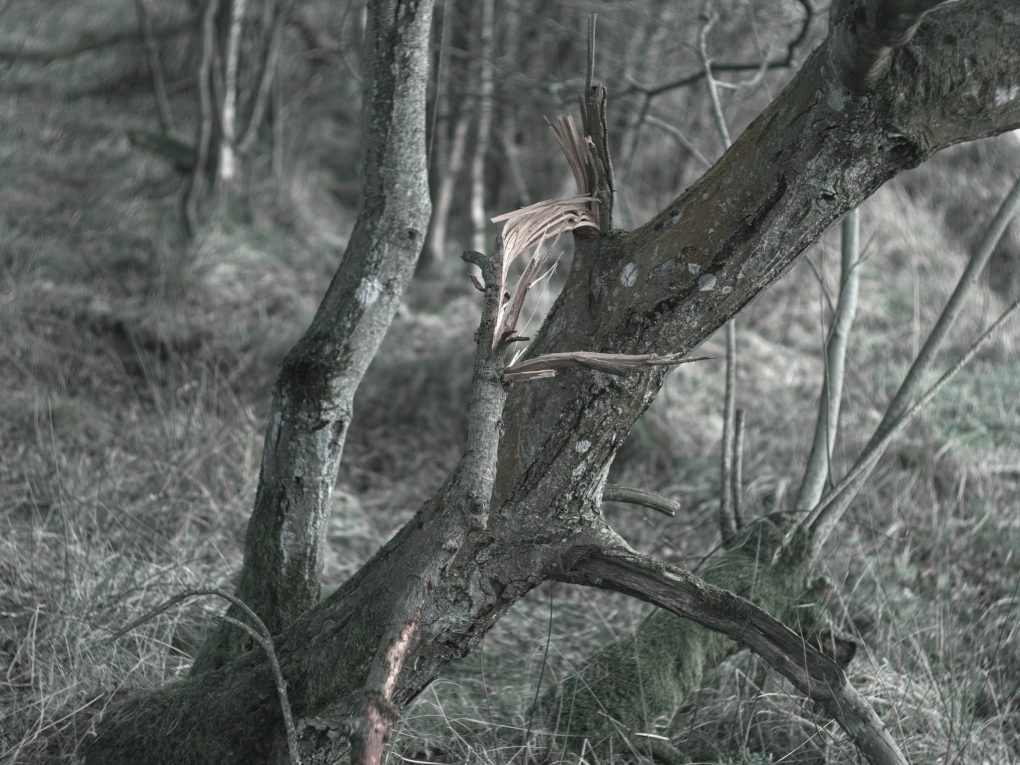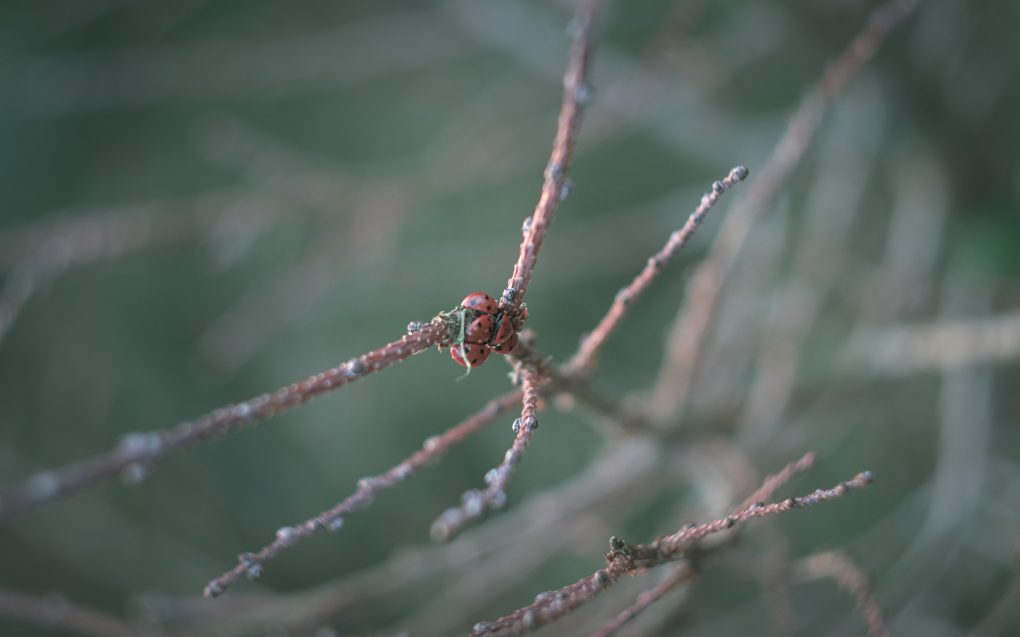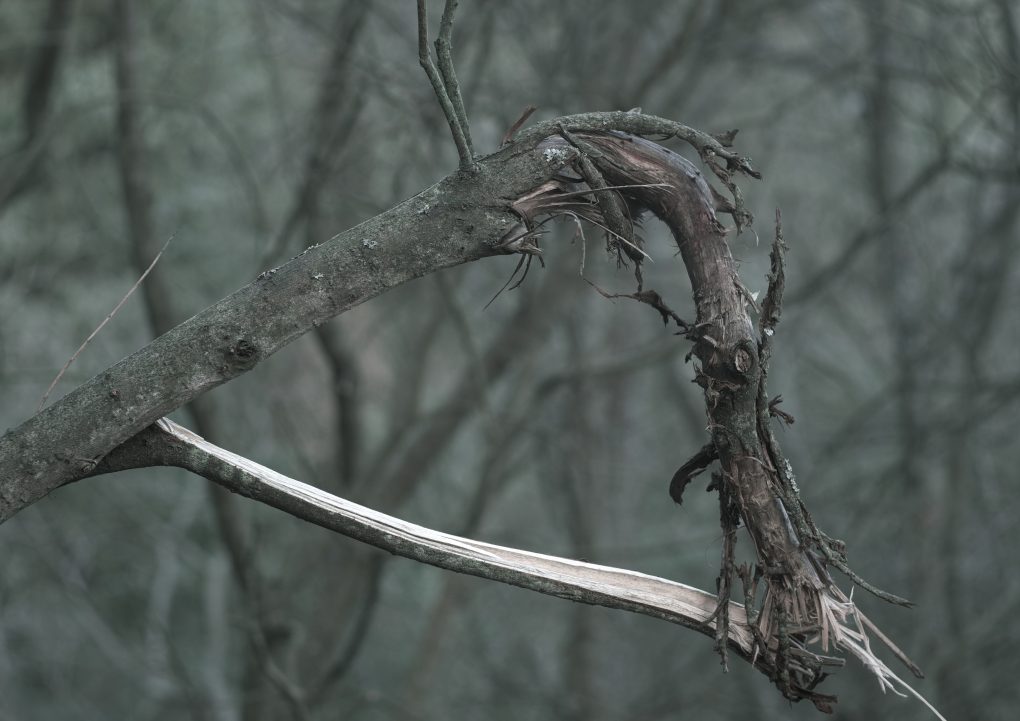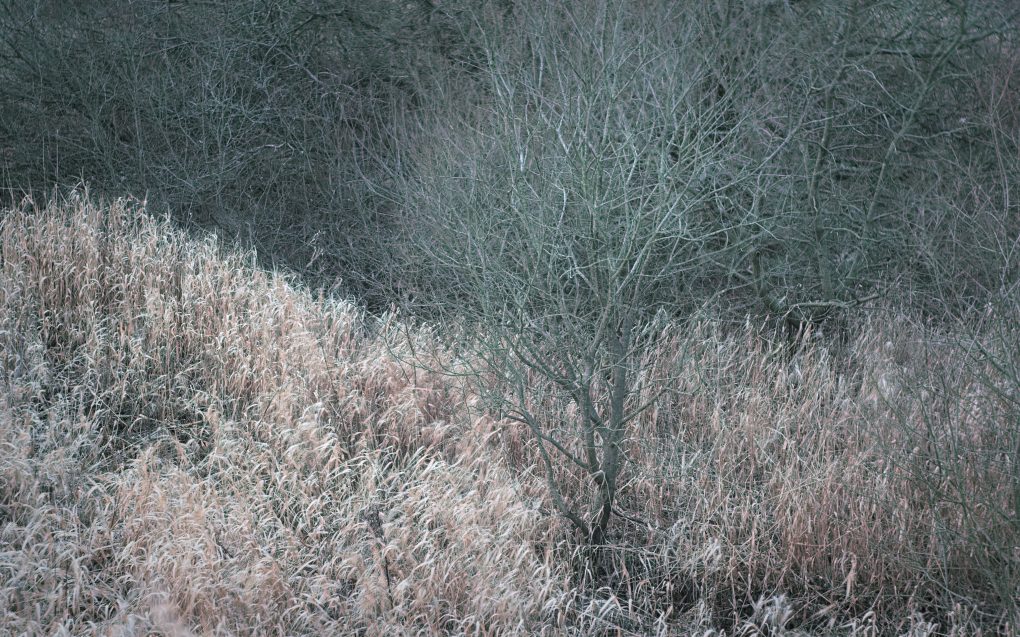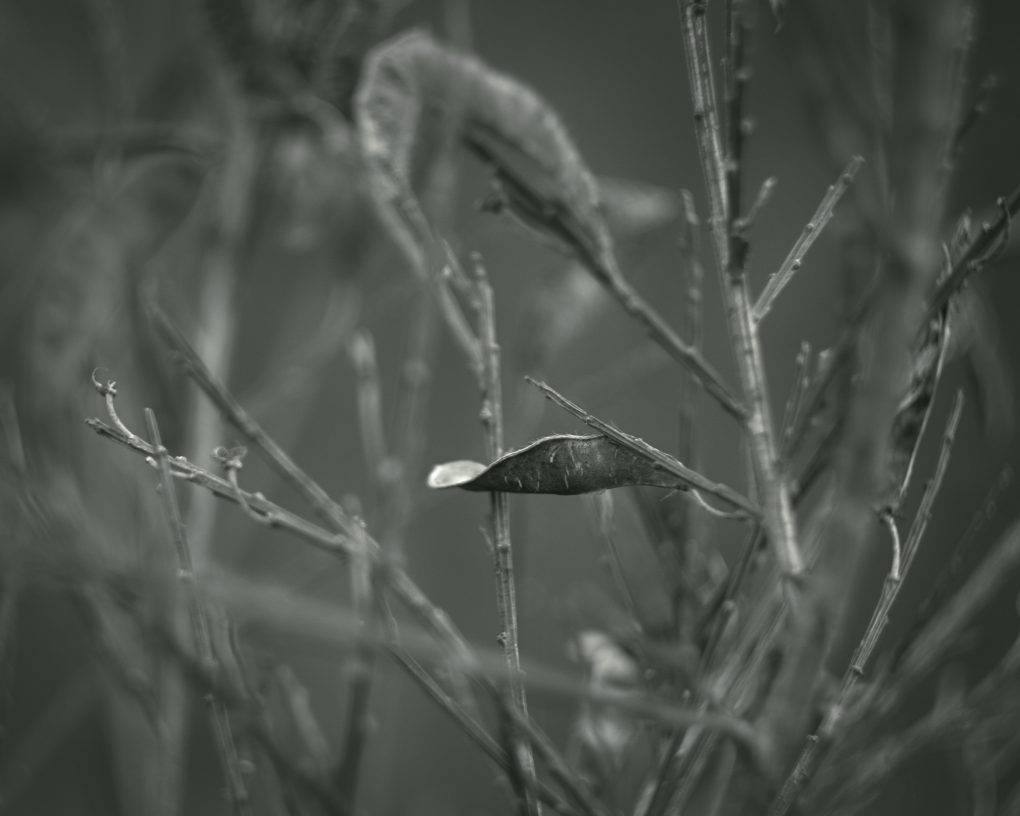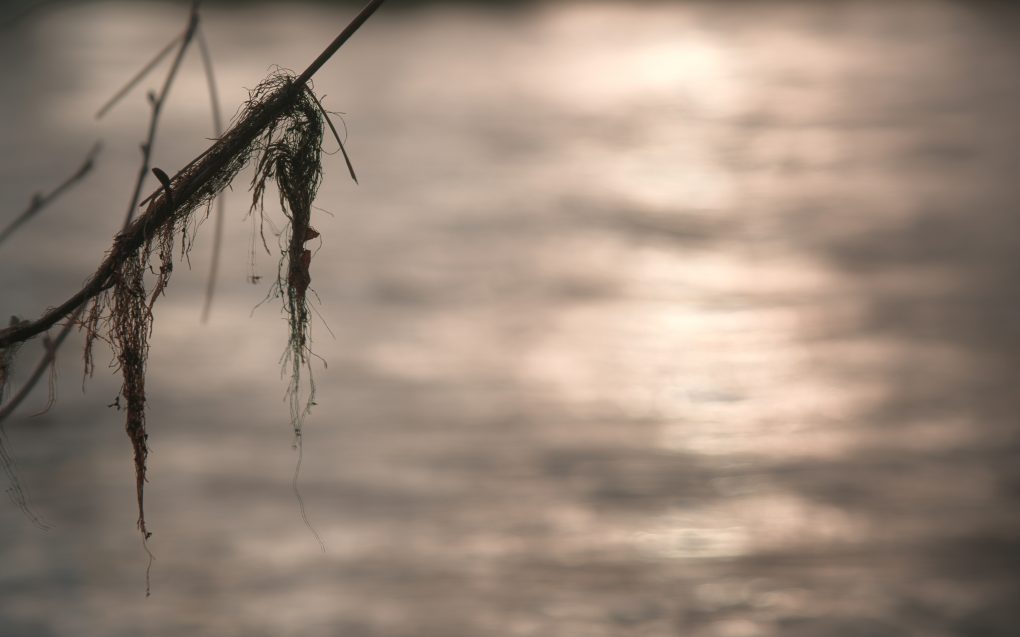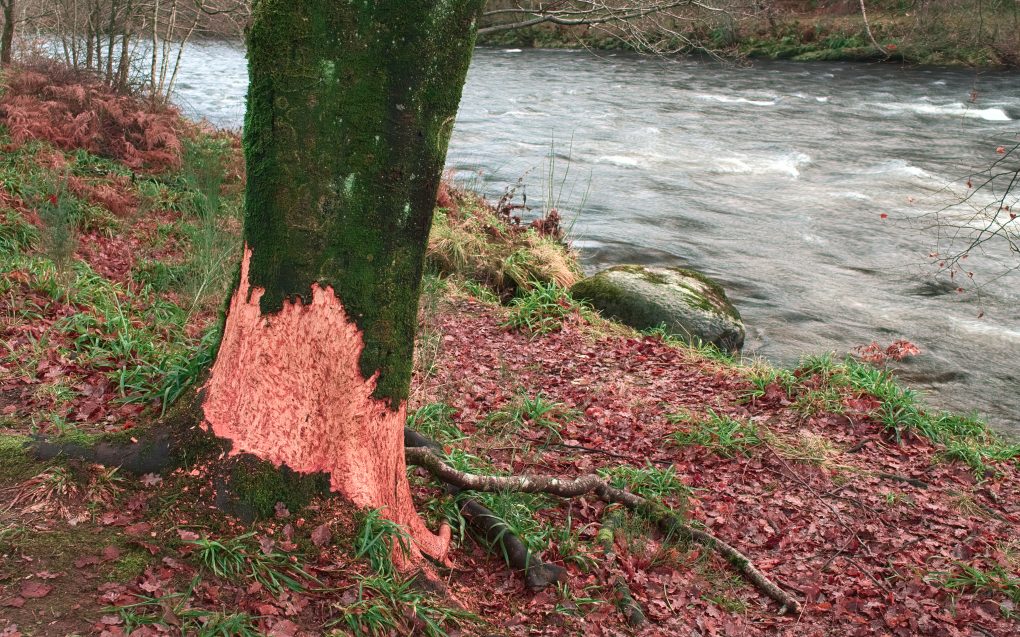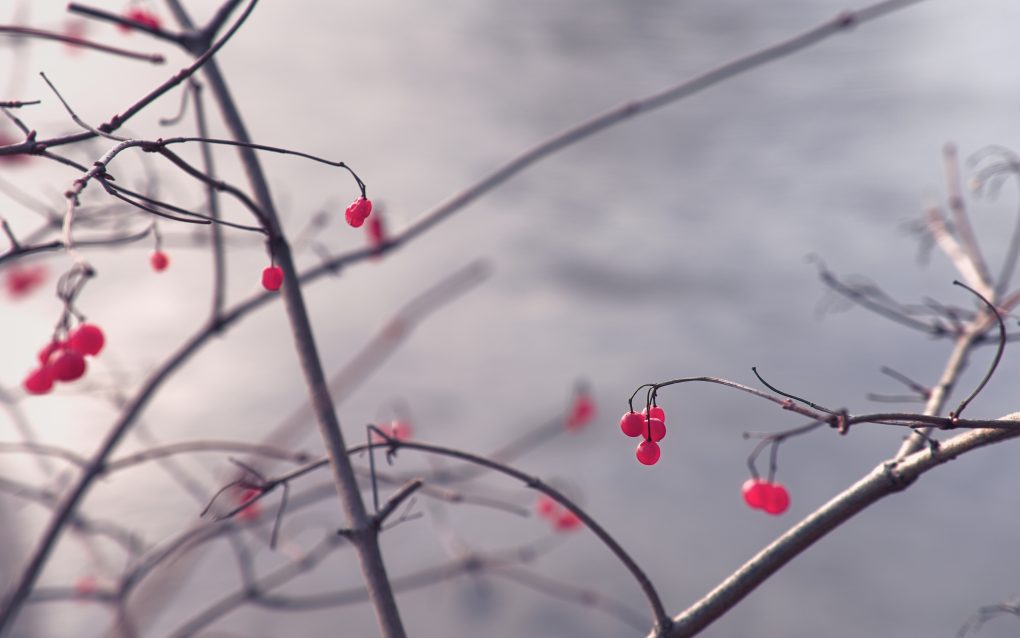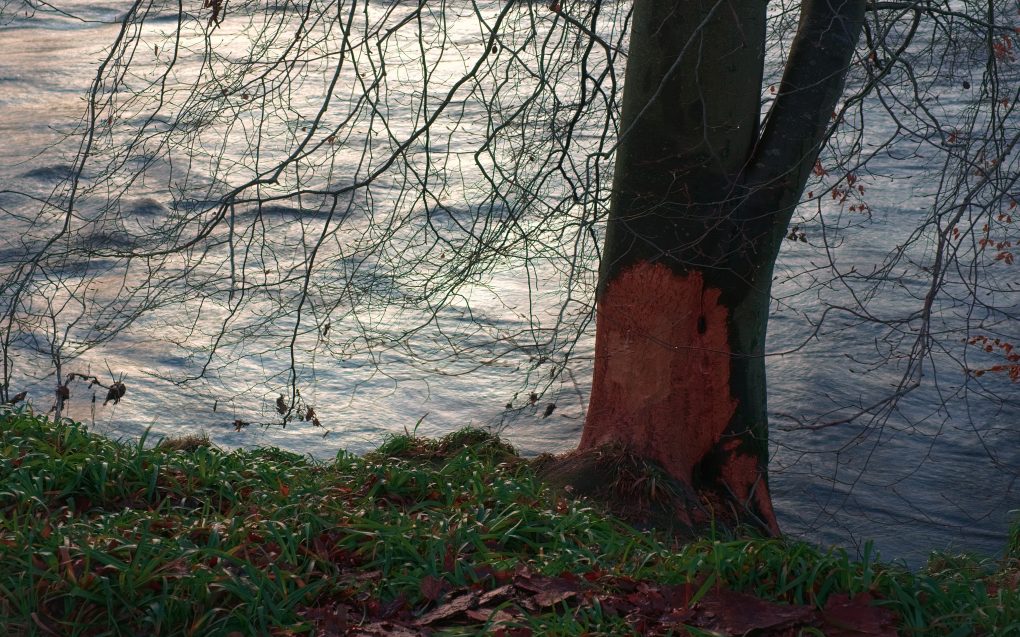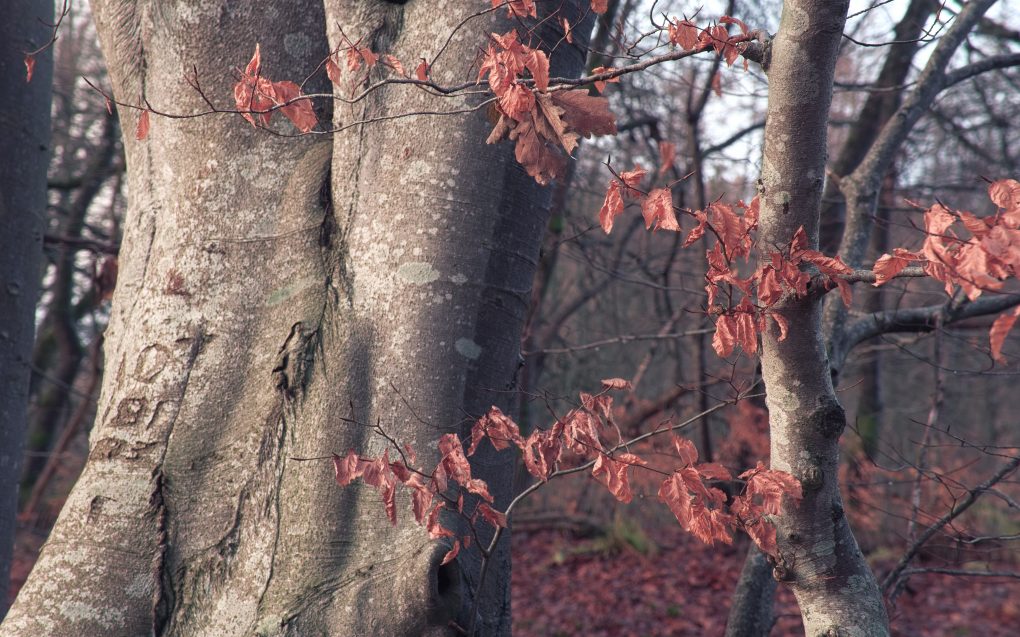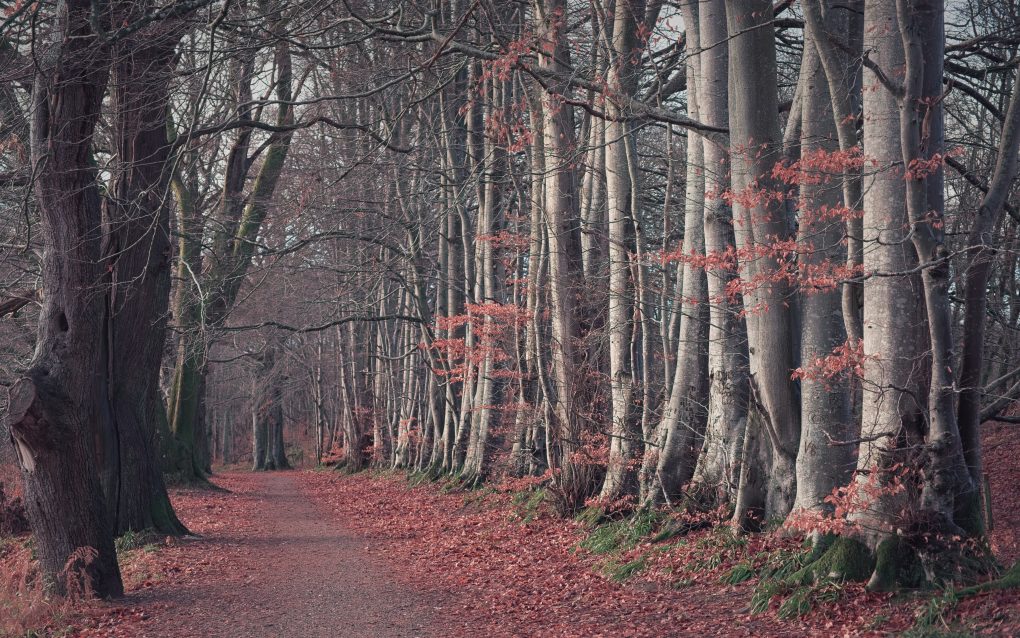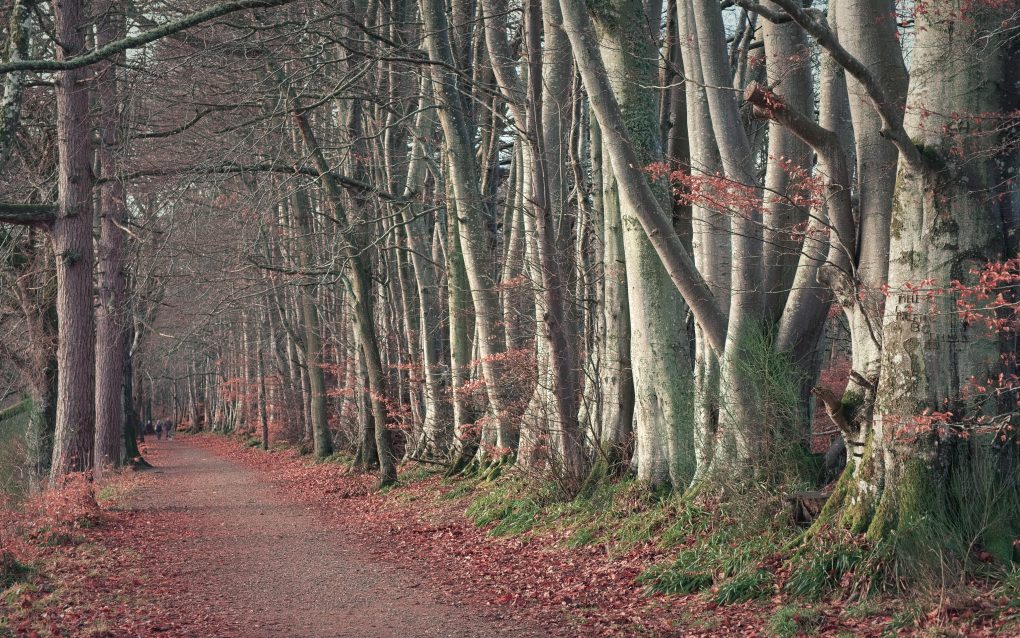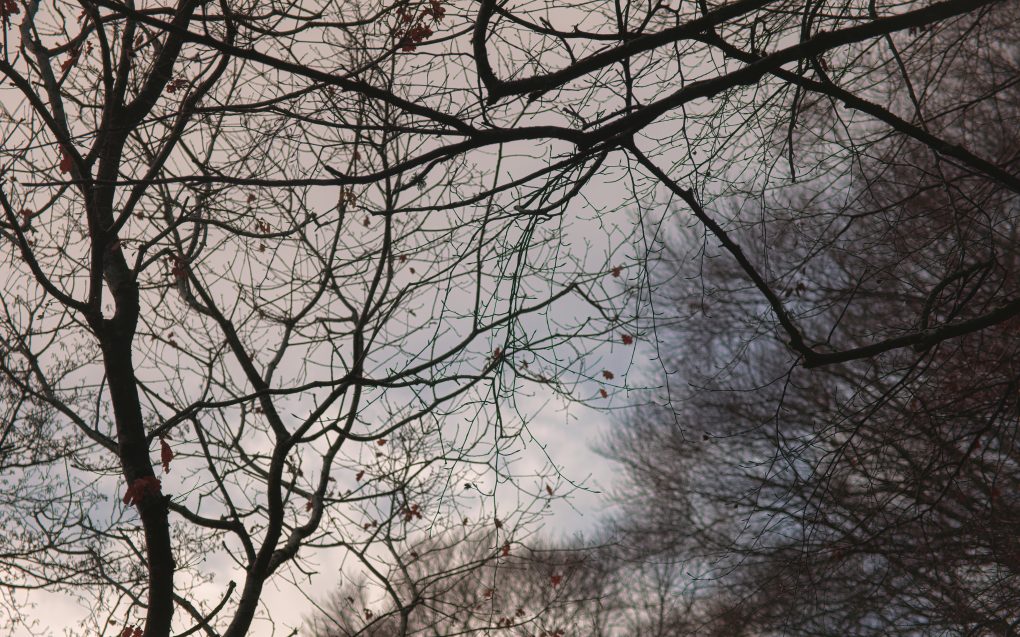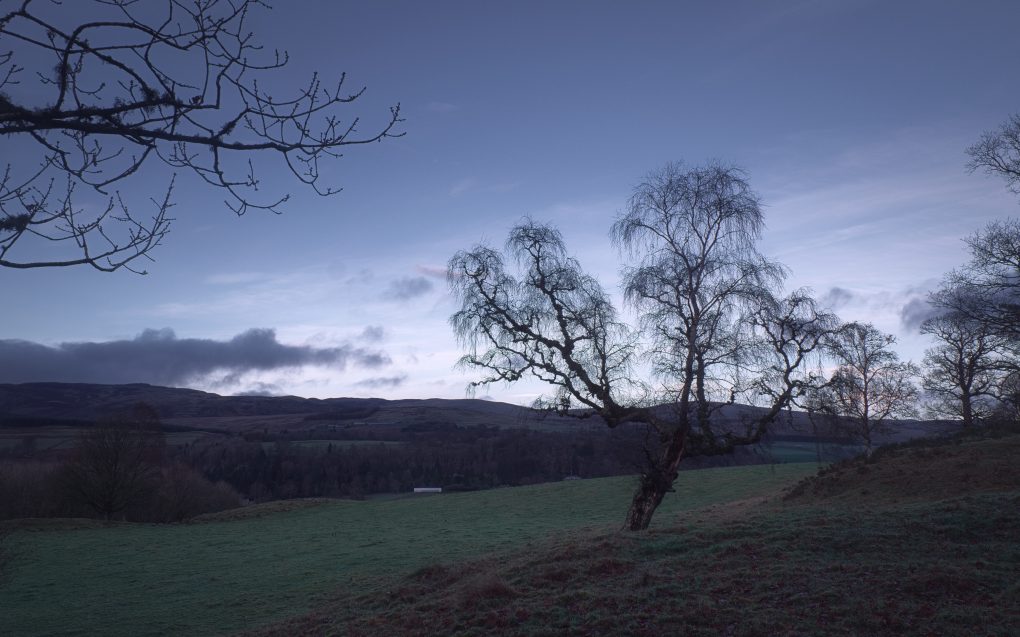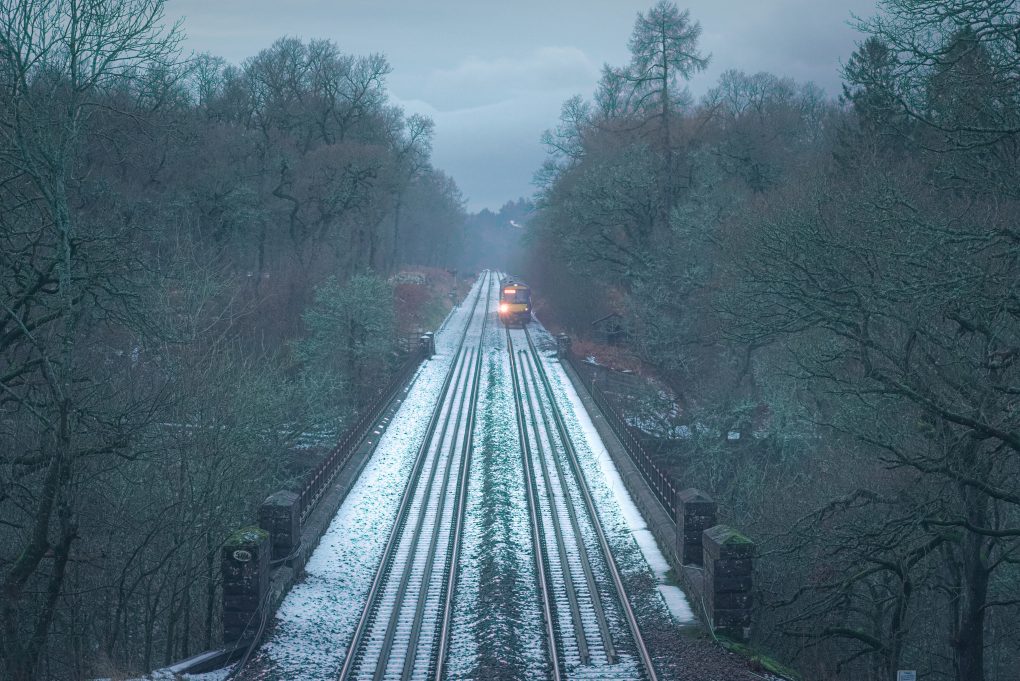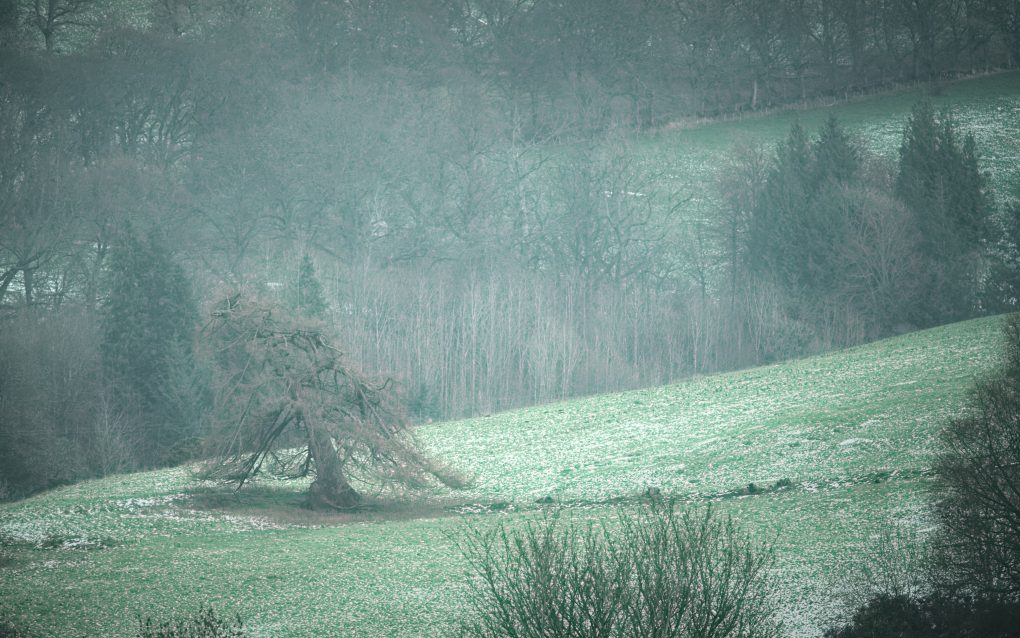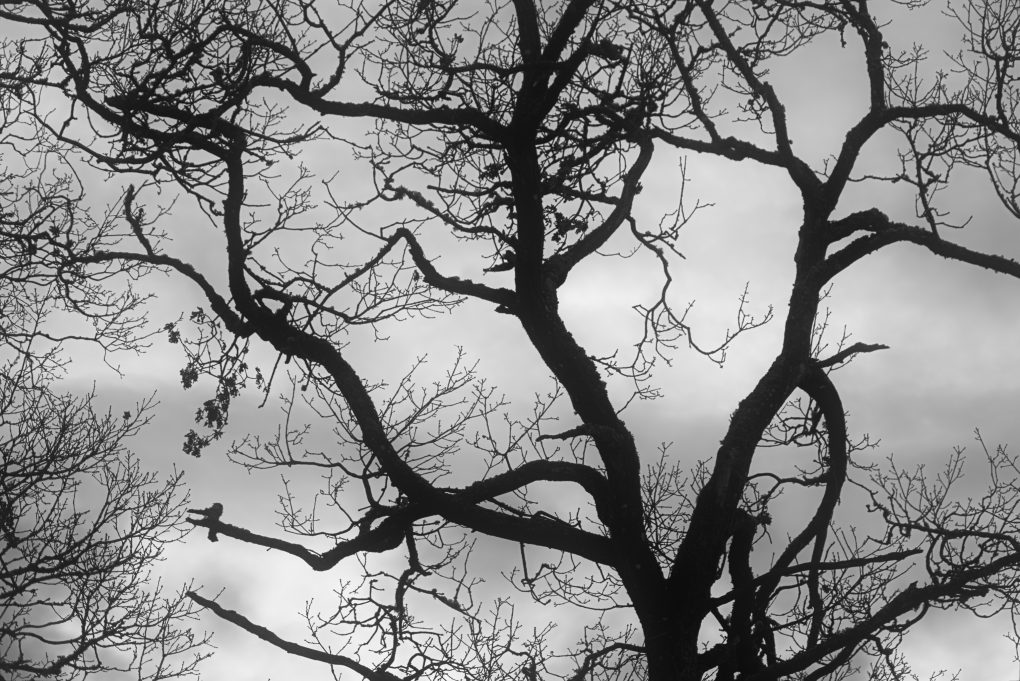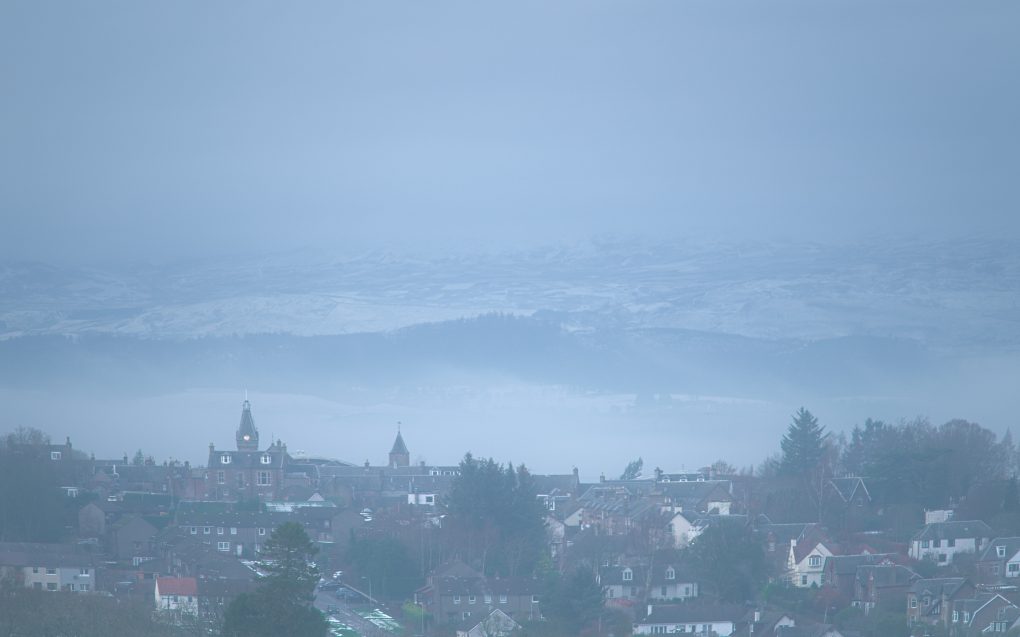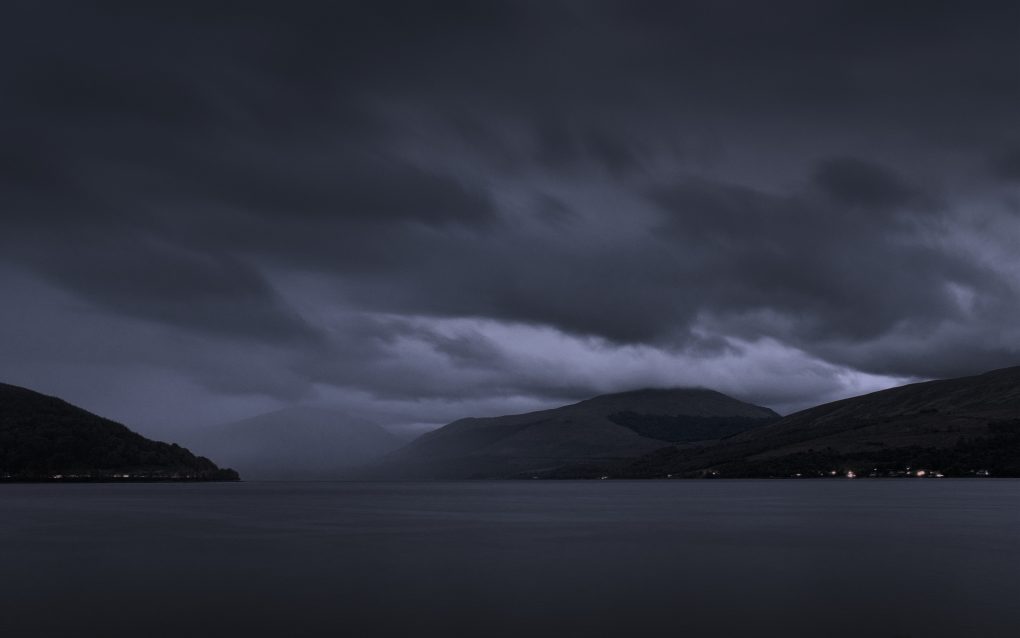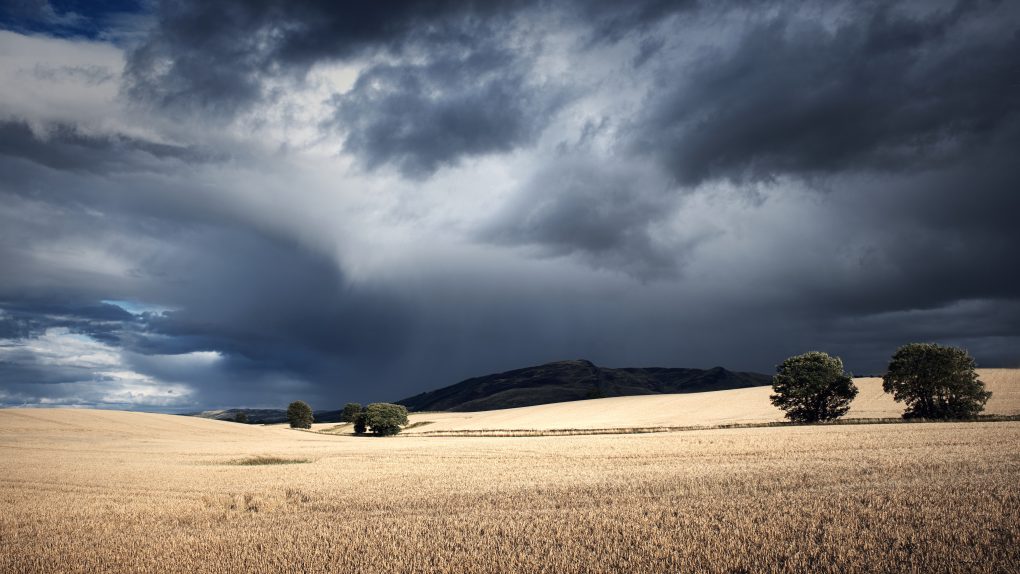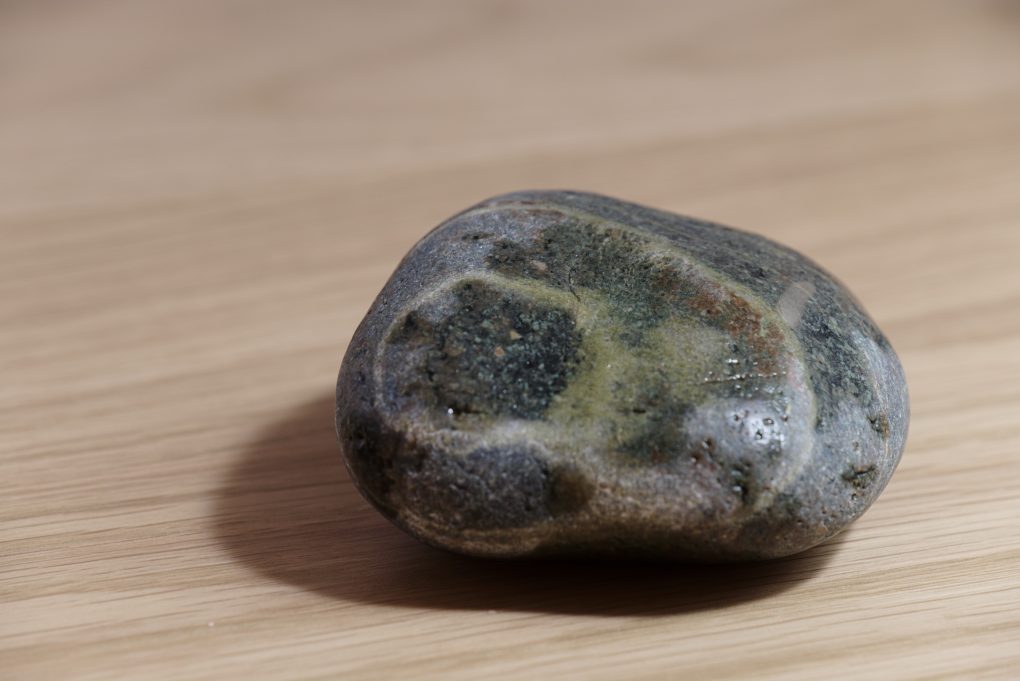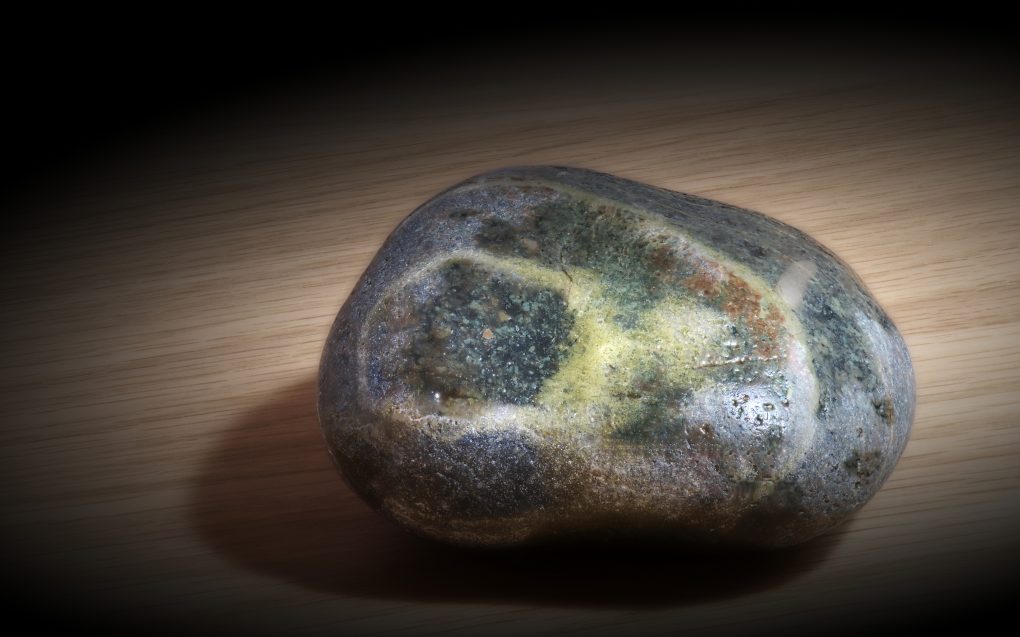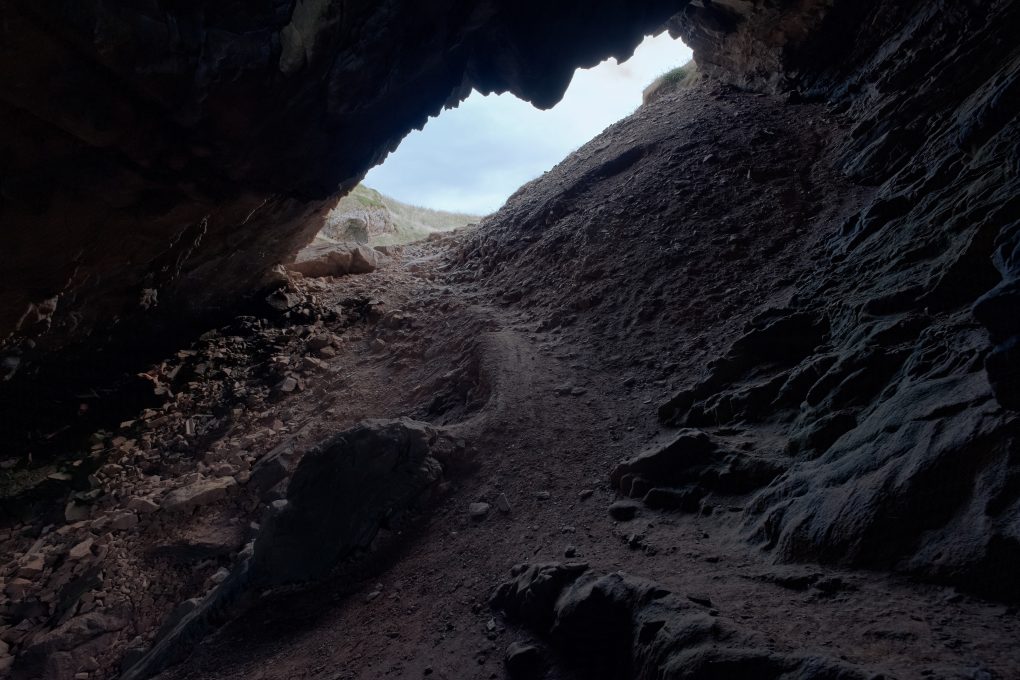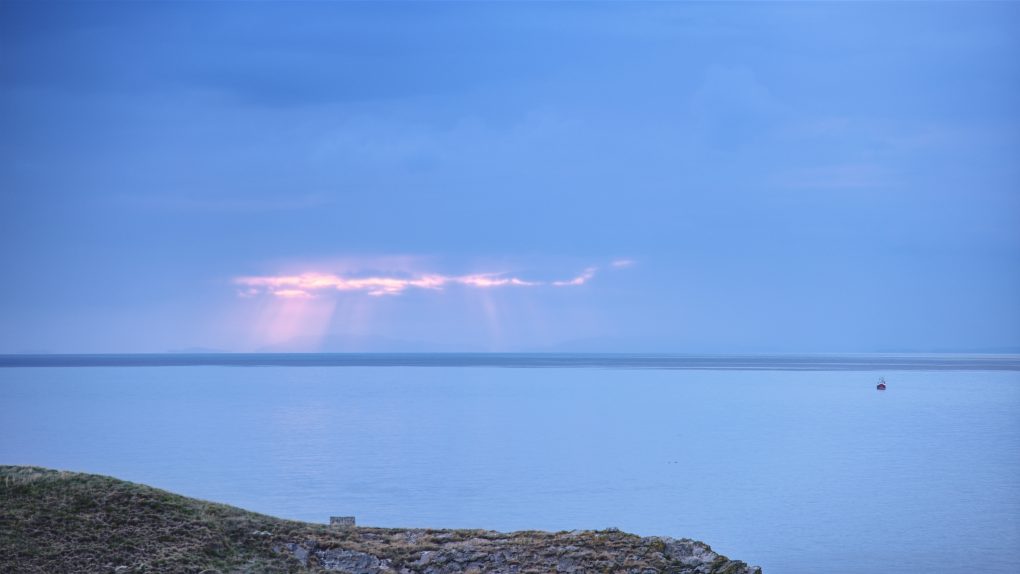I’ve been over 3000′ twice before now – but for one I stopped short of the summit, and for the other we took the ski-lift up, so neither really counts as Munro-bagging.
In the Christmas/New-Year holiday week, friends and I spent a happy day climbing Schiehallion – a mountain we’ve known and photographed for a long time, but actually climbing it was a first, at least for some of us.
We couldn’t have asked for better conditions: fresh but basically dry, all the way up with mist blowing around the summit.
The top third is a tricky scramble over large boulders, but the view was totally worth it – my first Munro, my first glory and Brocken Spectre all in one.
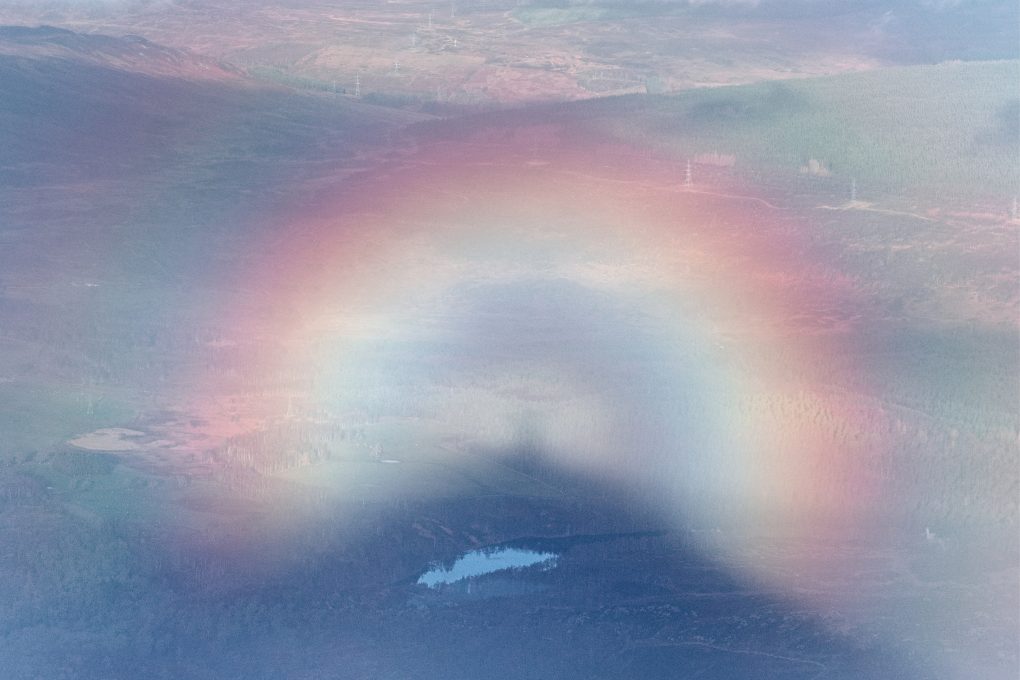
On the way down we paused to admire the surroundings – an interplay of light, mist, undulating lochs and landscape and more mountains.
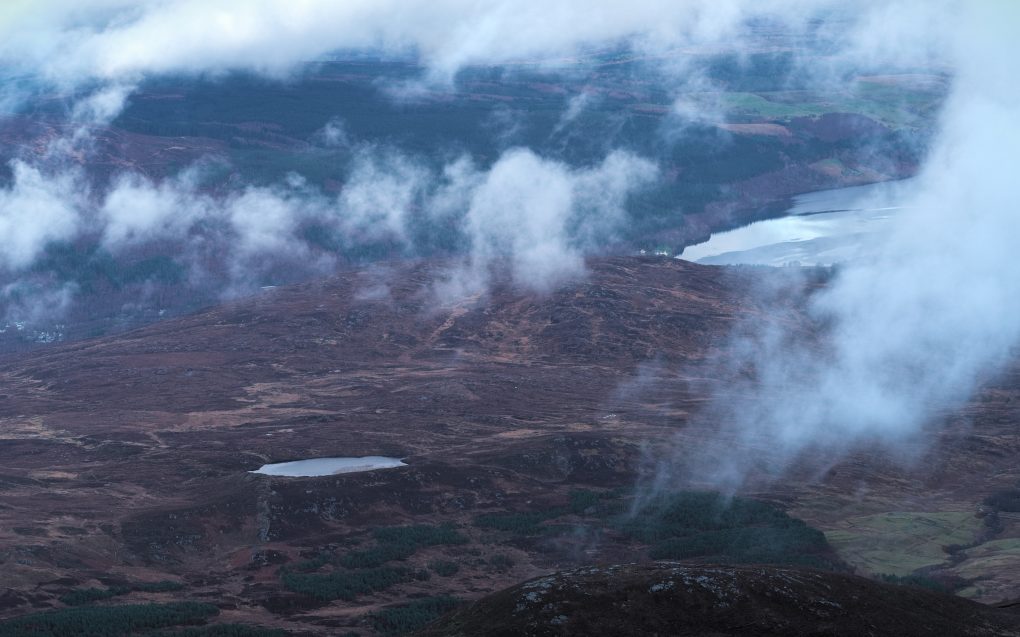
Views found whilst descending Schiehallion: abstract patterns of large white fluffy clouds catching the sunlight. 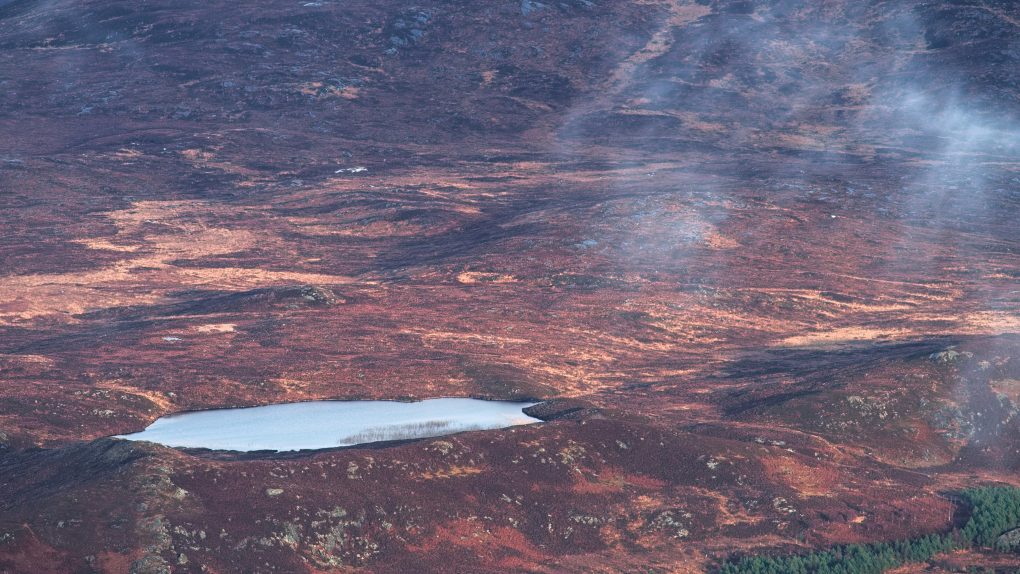
Hints of misty cloud blowing gently away across the landscape. 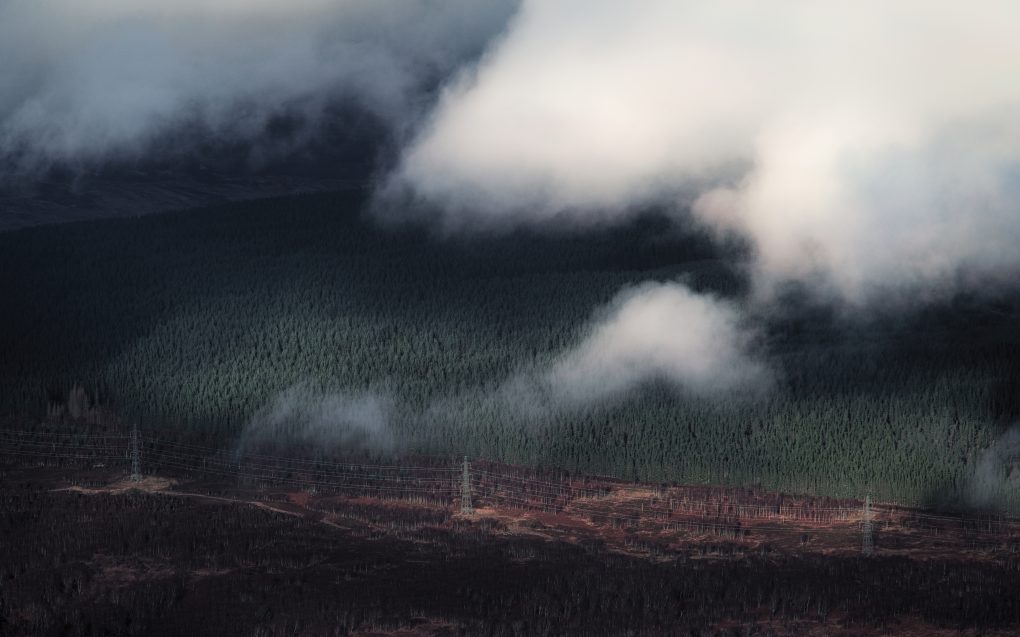
Views found whilst descending Schiehallion: abstract patterns of large white fluffy clouds catching the sunlight. 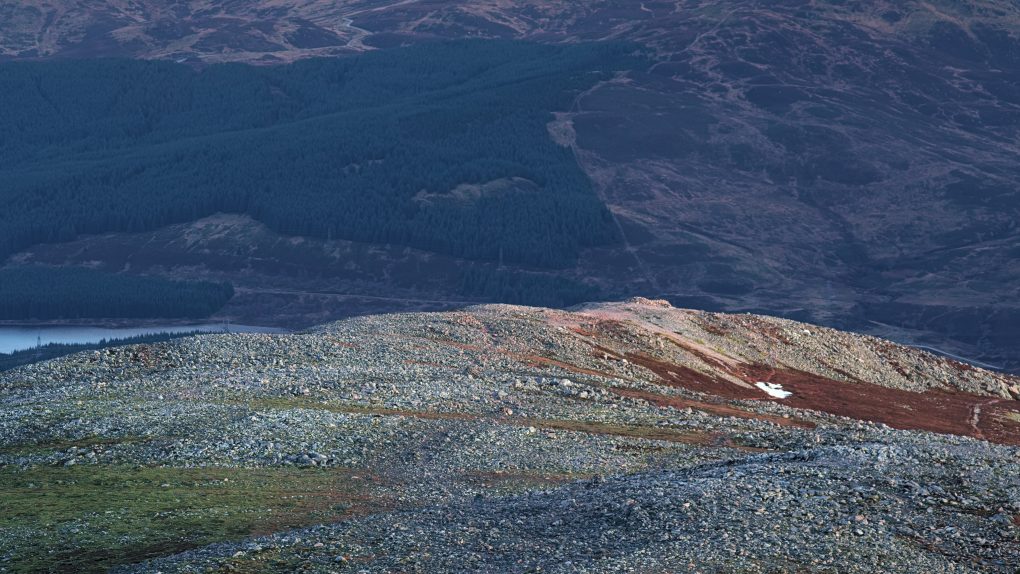
Sunlit Rockery 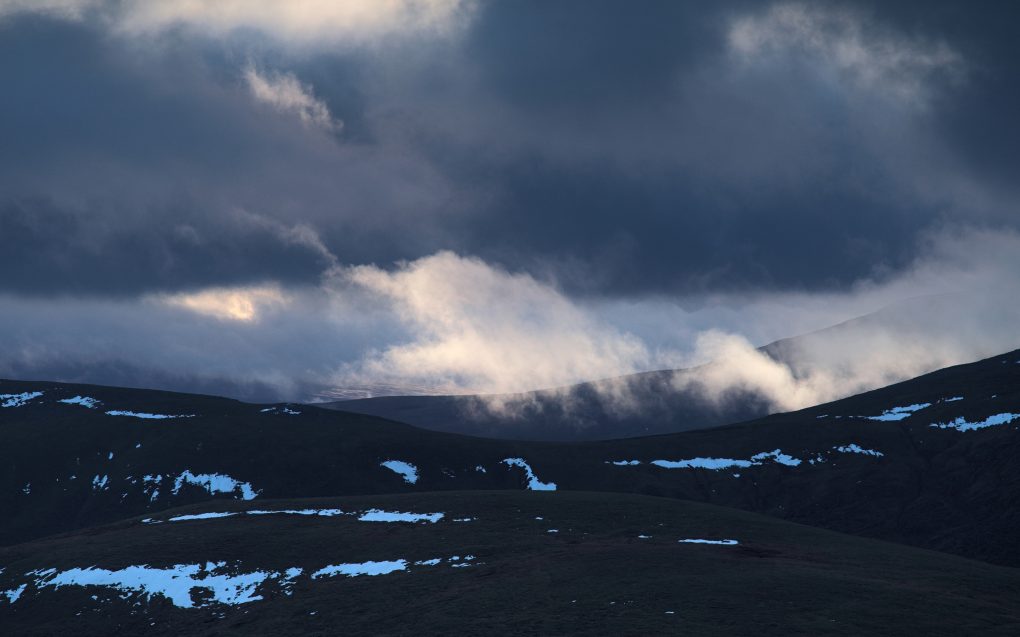
Views found whilst descending Schiehallion: abstract patterns of large white fluffy clouds catching the sunlight. 
Views found whilst descending Schiehallion: abstract patterns of large white fluffy clouds catching the sunlight.
Bring on the mountains – I have climbing to be doing 🙂
